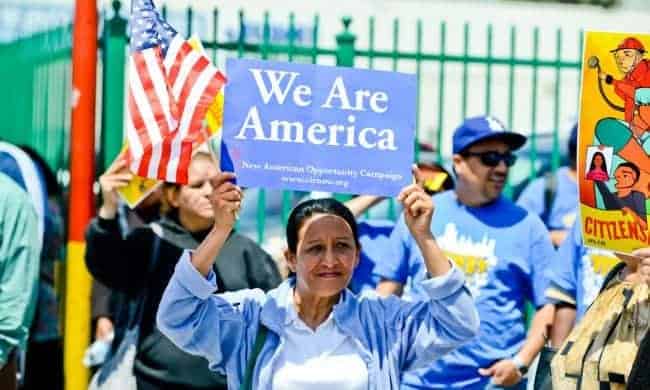Labor Day is a holiday that often sees sales, parades, and barbecues. Very few people actually understand the true meaning of this late-summer holiday. It is important that as progressives, we need to recognize the importance of what led to this holiday and how unions, the reason it was established, are being attacked.
Labor Day began as a celebration of the dignity of work by the US government. While other countries celebrate May Day as a day in which there are strikes and call for less work and more pay, the US co-opted it by establishing it in September:
In almost every country around the world, May Day is the principal workers’ holiday. It is a day of strikes, rallies, and demonstrations, often linked to demands for shorter hours. Within the international labor movement, the May Day protest tradition got its start in the United States. Today, however, the United States is the great exception to the May Day tradition. Our end-of-summer Labor Day holiday was developed as an official government alternative to the labor movement’s May Day rallies. One central difference: May Day has always been linked to the demand for less work and more pay; Labor Day celebrates the “dignity” of work.
In reality, Labor Day itself is a way to keep labor “under control’. As union membership has declined more than 50% over the past 40 years, the middle class of America has shrunk drastically. Even non-union workers have suffered with losses in income. This has helped the rise of income inequality. A stronger union presence could have helped to curb the massive growth of wealth for the 1%:
The reason for this is straightforward. During the decades after World War II, wages went up hand in hand with productivity. Since the mid-1970s, as union membership has declined, that’s largely stopped happening. Instead, most of the increased wealth from productivity gains has been seized by the people at the top.
Even conservative calculations show that if wages had gone up in step with productivity, families with the median household income of around $52,000 per year would now be making about 25 percent more, or $65,000. Alternately, if we could take the increased productivity in time off, regular families could keep making $52,000 per year but only work four-fifths as much ” e.g., people working 40 hours a week could work just 32 hours for the same pay.
So more and better unions would almost certainly translate directly into higher pay and better benefits for everyone, including people not in unions.
Instead, the collapse of union power has led to the loss of manufacturing jobs, the backbone of the middle class after World War II. Those relatively high paying jobs have been replaced by service industry jobs: the jobs that do not even get Labor Day off:
So, it’s ironic that while millions of us will enjoy a paid day off, millions more will be hard at work in restaurants, stores, medical facilities and in homes caring for children or the elderly, working long hours for low pay and little hope of getting ahead.
This is the state of the working class in post-industrial America, where globalization and technology have erased manufacturing jobs while the demand for services has increased. The growing reality is that the jobs that employ the most people ” and the ones that are projected to grow the most over the next decade ” are in sectors like hospitality, retail, customer service and health care, not in the mills or factories that created the blue-collar middle class that we celebrate on Labor Day.
Even as unions have lost much of their power, US businesses are still working to try to keep workers from unionizing. Those businesses fight new regulations designed to keep them from bringing in “consultants’ that are often used to discourage union-building. The rules are to protect workers from propaganda by their employers by forcing them to disclose use of those consultants to their employers:
With the number of union avoidance consultants exploding since the 1970s, labor unions have long urged the labor department to issue a tougher “persuader rule” because the 1959 law ” the Landrum-Griffin Act ” requires disclosure by any outside consultant that seeks “directly or indirectly to persuade employees” not to form a union.
“Workers should know who is behind an anti-union message. It’s a matter of basic fairness,” said Labor secretary Thomas Perez. “This new rule will allow workers to know whether the messages they’re hearing are coming directly from their employer or from a paid, third-party consultant.”
The Labor Department said a regulation dating since 1959 had created a loophole by stating that persuaders’ activities had to be disclosed and reported only if a consultant spoke directly with employees, but not if the consultant communicated indirectly with employees ” for instance, by writing anti-union pamphlets or speeches that were given by managers.
According to the department, the new rule closes the loophole by requiring reporting on “actions, conduct or communications that are undertaken with an object, explicitly or implicitly, directly or indirectly, to affect an employee’s decisions regarding his or her representation or collective bargaining rights” .
In order for progressives to continue the revolution, we must work hard to protect the rights of labor. We know that the two major parties are both pro-business. Uniting with progressives in the Green Party and other progressives parties is a necessary action to make Labor Day one to celebrate for all workers.


